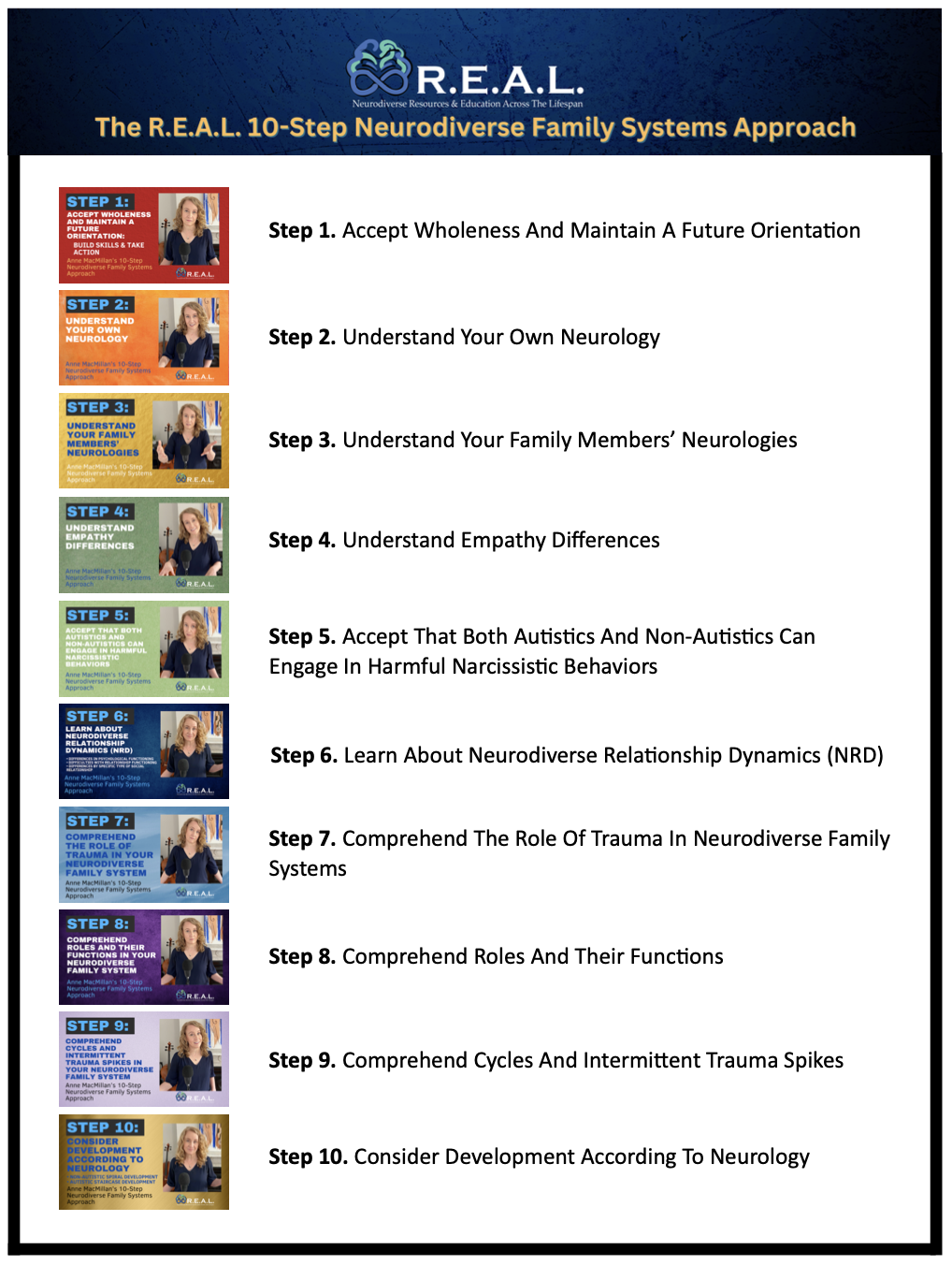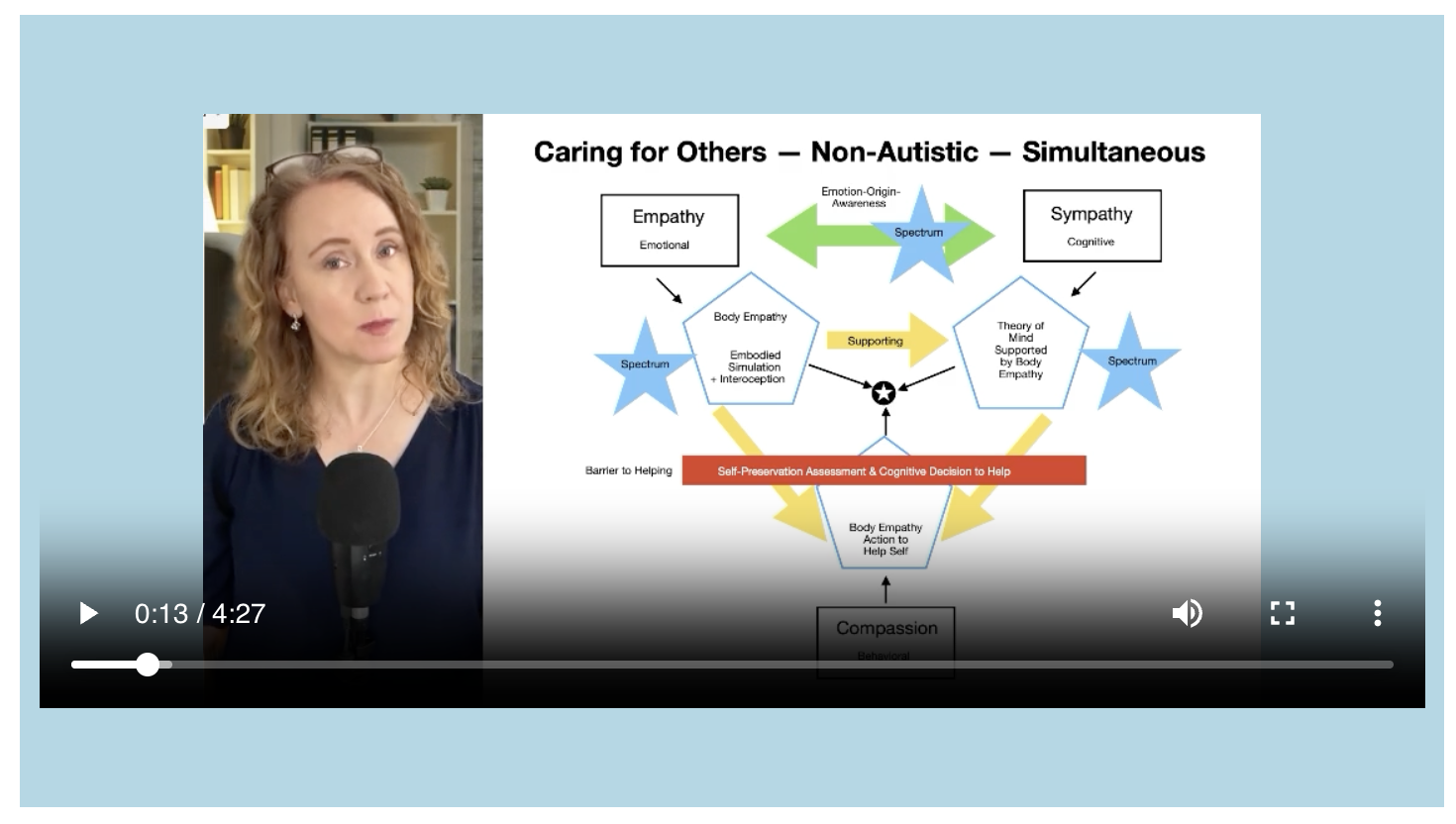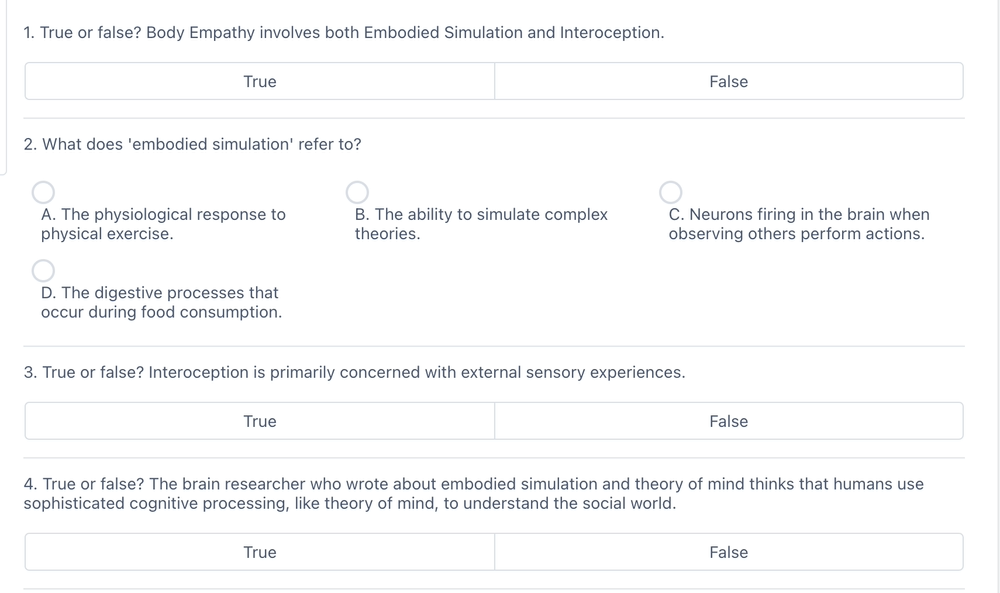COMING SOON
What Is It?
Autism and other forms of neurodivergence influence how adults experience and navigate social relationships - especially within families and intimate partnerships, where emotional needs and communication styles can vary widely.
Developed by Anne MacMillan, MLA, the R.E.A.L. Neurodiverse programs offer a clear, research-informed pathway forward. Built on a structured 10-step approach, these programs translate insights from neuroscience, developmental psychology, and clinical practice into practical tools for real-life growth. Adults gain access to focused learning, specialized assessments, and concrete strategies for fostering skills, making informed choices, and strengthening connections.
As awareness of adult neurodivergence continues to grow, so does the need for services that respond with depth, precision, and deep respect for each person’s unique way of being.
Skill categories
Autism, Education, ADHD, Empathy, Relationships, Marriage, Divorce, Parenting, Family
Why Should You Use It?
Neurodiverse families often include autistic, attention-divergent (ADHD), and other neurodivergent members. Differences in how each brain processes social and emotional information shape everyday interactions, sometimes leading to misunderstanding, relational strain, or feelings of isolation.
In the mid-20th century - long before adult neurodivergence was widely recognized - psychology often framed mental and relational challenges as signs of disorder. Many neurodivergent people, unaware of their neurological differences, were mischaracterized as broken or dysfunctional. These labels were disempowering, and approaches that failed to account for brain-based variation often offered little meaningful support.
In the early 21st century, growing awareness of autism in children began to shift the conversation. Only now are we beginning to fully recognize the widespread presence of neurodivergence in adults. These adults are not disordered and do not need to be “fixed.” They benefit most from access to insight, language, and tools that honor their neurology, so they can build skills, reduce distress, and strengthen relationships on their own terms.
The R.E.A.L. Neurodiverse programs provide that pathway - grounded in respect, informed by research, and designed for real-life impact.
Who Is It For?
The R.E.A.L. Neurodiverse Family Systems Approach guides adults - and the professionals who support them - through a structured yet flexible 10-step process designed to build insight, reduce distress, and support sustainable relational growth. Clients receive materials tailored to their neurotype (autistic or non-autistic), while providers use parallel resources that align with the client’s processing style.
Each step addresses a core dimension of neurodiverse relational life, such as empathy differences, neurological mismatch, relational role patterns, boundary development, problem solving, and cycles of trauma. Steps are sequential but adaptable, allowing providers to meet clients where they are while maintaining developmental integrity.
Clients engage with video-based education, guided assessments, reflection prompts, and integrative exercises that help them make sense of their experiences through a neurologically attuned lens. Providers receive step-specific guides that support interpretation, discussion, and skill-building, ensuring that the support remains aligned with the client’s neurotype and readiness.
Unlike many traditional models that prioritize behavior change or surface-level communication techniques, the R.E.A.L. Approach integrates neurological, emotional, somatic, and systemic layers of experience. Tools include conceptual mapping, guided journaling, creative expression, and somatic strategies, accommodating a wide range of processing styles and learning preferences.
Because each client engages individually, the program is effective whether or not other family members or partners participate. When multiple participants are ready, shared theory and neurotype-specific tools provide a common language for growth, without forcing consensus or conformity.
What Makes it Different?
Traditional interventions often assume that relationship conflict can be resolved through shared dialogue and emotional processing. In neurodiverse families and intimate partnerships, however, these methods can overlook a key factor: neurological differences in perception, processing, and relational needs.
The R.E.A.L. Neurodiverse model offers a paradigm shift. Instead of beginning with group sessions, it starts with the individual - recognizing that perception, empathy, expression, and regulation can differ meaningfully across neurotypes. Our structured 10-step program replaces generalized talk therapy with neurotype-specific education, tools, and developmental supports.
This approach moves providers away from pathologizing difference and toward honoring it. It reframes family and partnership challenges not as dysfunction, but as the outcome of unmet neurological needs, offering a clear, compassionate pathway for lasting change, even when only one partner or family member is ready to begin.
How Does It Work?
The R.E.A.L. Neurodiverse program leverages Anne MacMillan's comprehensive Neurodiverse Family Systems Theory and offers an easy-to-follow 10-step educational approach, punctuated by assessments and resources that support individuals in building skills and taking actions to improve quality of life and increase happiness. MacMillan’s programs recommend working with individual clients one-on-one while viewing individuals’ behaviors as products of systemic interactions defined by neurologies.
MacMillan defines empathy differences, Neurodiverse Relationship Dynamics (NRD), and explains how trauma works in neurodiverse families. She offers descriptions of 14 roles common to neurodiverse families, as well as resources to help individuals sort through the functions those roles play in their own lives and their family systems. She explains 5 cycles common to neurodiverse family systems and their associations with trauma and abuse. Finally, MacMillan shares her two complementary models of psychosocial development, one for autistics and one for non-autistics.
The R.E.A.L. Neurodiverse Family Systems Approach builds on the research and theories of giants like Vittorio Gallese, Erik Erickson, Diana Baumrind, Jean Piaget, and Mihalyi Csikszentmihalyi. Learners can follow links to multiple relevant research articles throughout the programming.
Delivered through the UnitusTI electronic data records cloud
Access from any device, anywhere in the world
The program is delivered to professionals via subscription to the UnitusTI electronic data records (EDR) cloud.
Leading-edge data collection, staff and client management tools and program templates are built right into UnitusTI.
See instant data and quickly graph progress to make informed decisions
Provide reports and share relevant data securely with others
Track staff performance and give them collaboration tools to keep your practice on track
Customizable data collection means you can track as much or as little as you need to keep business humming and your clients happy
UnitusTI features include:
Assessments | Programs | Curricula | Data Acquisition Types | Program Maintenance | Target Maintenance | Pre-defined Reports | Customizable Reports | Service Code Tracking | Session Notes | Graphing | Calendar | Internal Messaging | Document Storage | Session Tracking | Interactive Materials | Role-based Access | Multimedia | Automatic Backups | Billing Prep | Real-time Data Monitoring | Custom Forms | Simple Invoicing
The content described above is owned and copyrighted by the program author and is provided by Mundo Pato Inc. as an optional, 3rd party add-on to the UnitusTI electronic data records cloud service. Some of the information on this web page has been provided by external sources. Mundo Pato Inc. is not responsible for the accuracy, reliability or currency of the information supplied by external sources. Users wishing to rely upon this information should consult directly with the source of the information.












